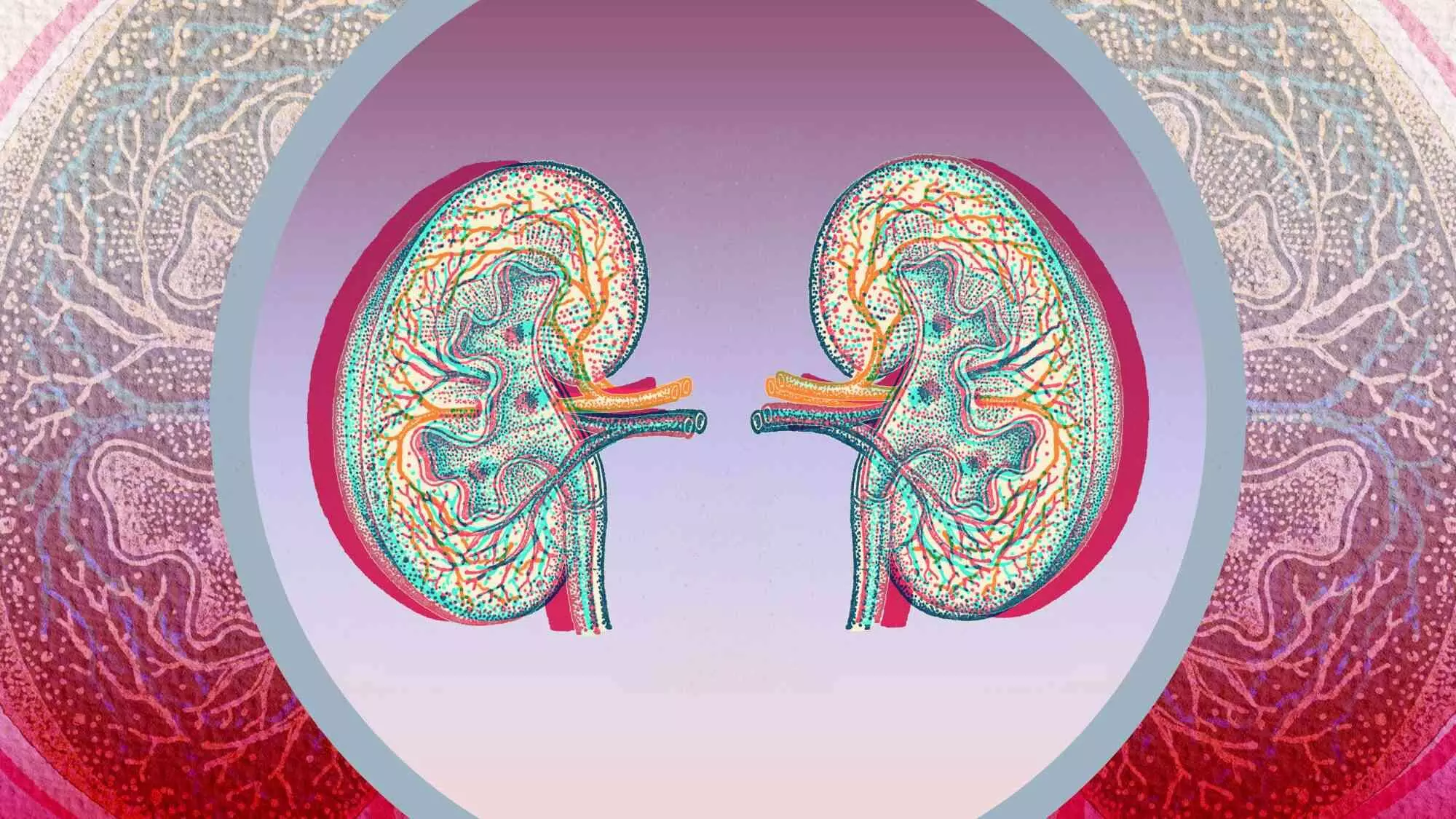South Korea: A contemporary large Korean population-based study has revealed an association between antiarrhythmic drugs (AADs) and the risk of pacemaker implantation or syncope in patients with atrial fibrillation (AF). The association was consistent across various subgroups.
The findings, published in the Journal of the American College of Cardiology, have once again brought into light the old concerns about the safety of rhythm control drugs for atrial fibrillation.
“AF patients prescribed antiarrhythmic drugs had several-fold greater risks of cardiac events believed to be related to a decline in heart rate,” the researchers reported.
Compared with other atrial fibrillation patients, AAD users showed more frequent pacemaker implantation or syncope (16.3 versus 4.8 events per 1,000 person-years), syncope (5.5 versus 2.6 events per 1,000 person-years), and pacemaker implantation (11.3 versus 2.2 events per 1,000 person-years).
Early rhythm control therapy with AADs for new-onset atrial fibrillation reduces major adverse cardiovascular events (MACEs). However, negative dromotropic effects of AADs via ion channel blocking may cause bradyarrhythmias. Yun Gi Kim, Korea University College of Medicine and Korea University Anam Hospital, Seoul, Republic of Korea, and colleagues aimed to evaluate the association between AAD use and pacemaker implantation or syncope risk in patients with new-onset AF receiving early rhythm control therapy with AADs.
For this purpose, the researchers extracted data from the Korean National Health Insurance Service system. They screened all new-onset AF diagnoses that occurred from 2013 to 2019, and patients who were prescribed AADs within one year of AF diagnosis were identified. The risk of syncope or pacemaker implantation was compared between AAD users and nonusers.
The study led to the following findings:
- 770,977 new-onset AF cases were identified and 142,141 patients were prescribed AADs.
- After multivariate adjustment, AAD use was associated with 3.5-, 2.0-, and 5.0-fold increased risk of pacemaker implantation or syncope, syncope, and pacemaker implantation, respectively.
- Propensity score–matched analysis revealed similar results, demonstrating a significant association between AAD use and pacemaker implantation or syncope risk.
- This association was consistent across various subgroups. Women were more susceptible to adverse effects of AADs than men.
The retrospective, observational study left room for selection bias concerning prescribers choosing AADs for healthier atrial fibrillation patients.
According to the research team, “physicians probably use AADs in patients without a history of dizziness, bradycardia, and syncope. The use of AADs in this study showed more than a 3-fold increased risk of pacemaker implantation or syncope despite such potential selection bias.”
Other study limitations include an incomplete prescription and medical history for each person and its limited generalizability due to the enrollment of only East Asian individuals.
In conclusion, the study showed an association between antiarrhythmic drugs and the risk of syncope or pacemaker implantation, with consistent findings across several subgroups. Therefore, a precise evaluation of such risks should be undertaken before prescribing AADs.
Reference:
Kim YG, et al “Association of antiarrhythmic drug therapy with syncope and pacemaker implantation in patients with atrial fibrillation” J Am Coll Cardiol 2024; DOI: 10.1016/j.jacc.2024.01.013.






